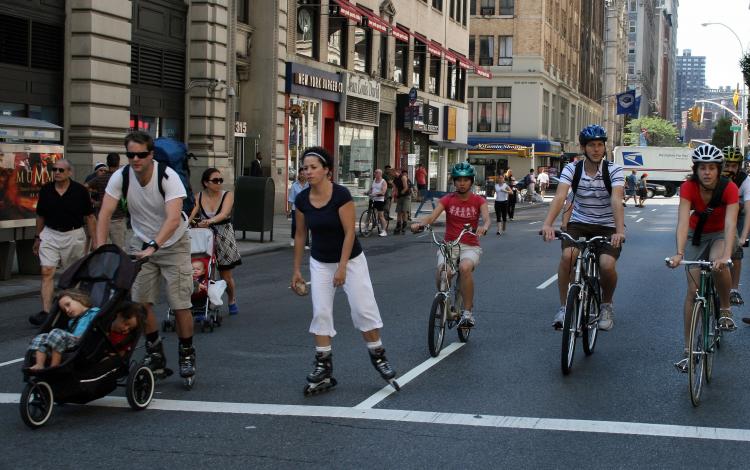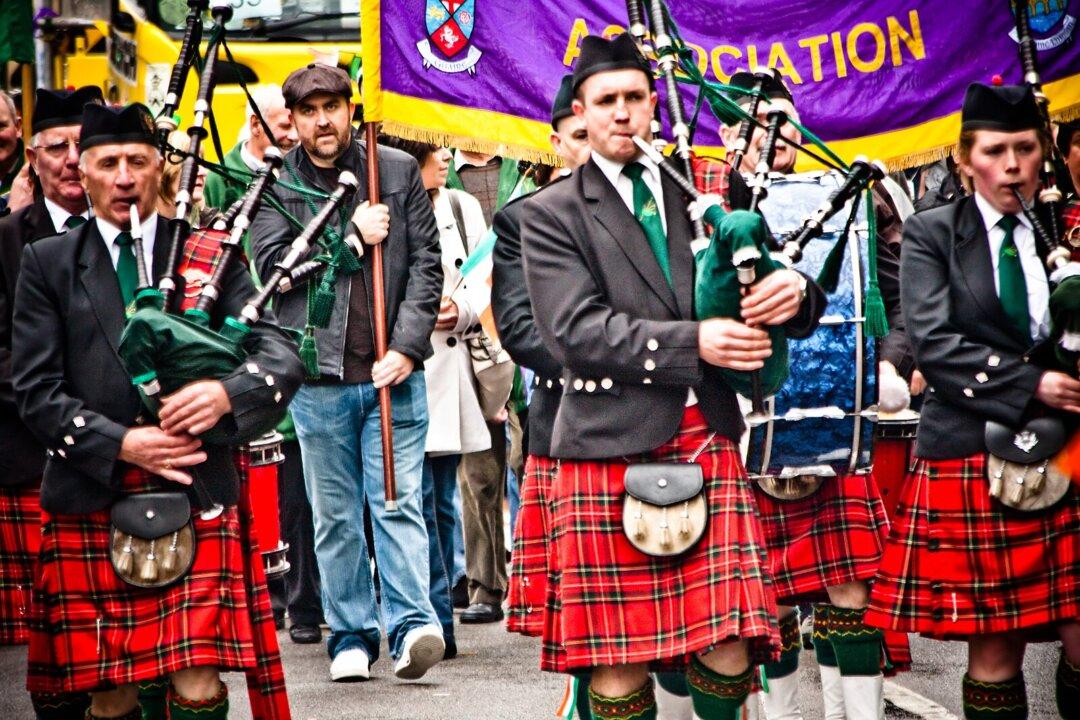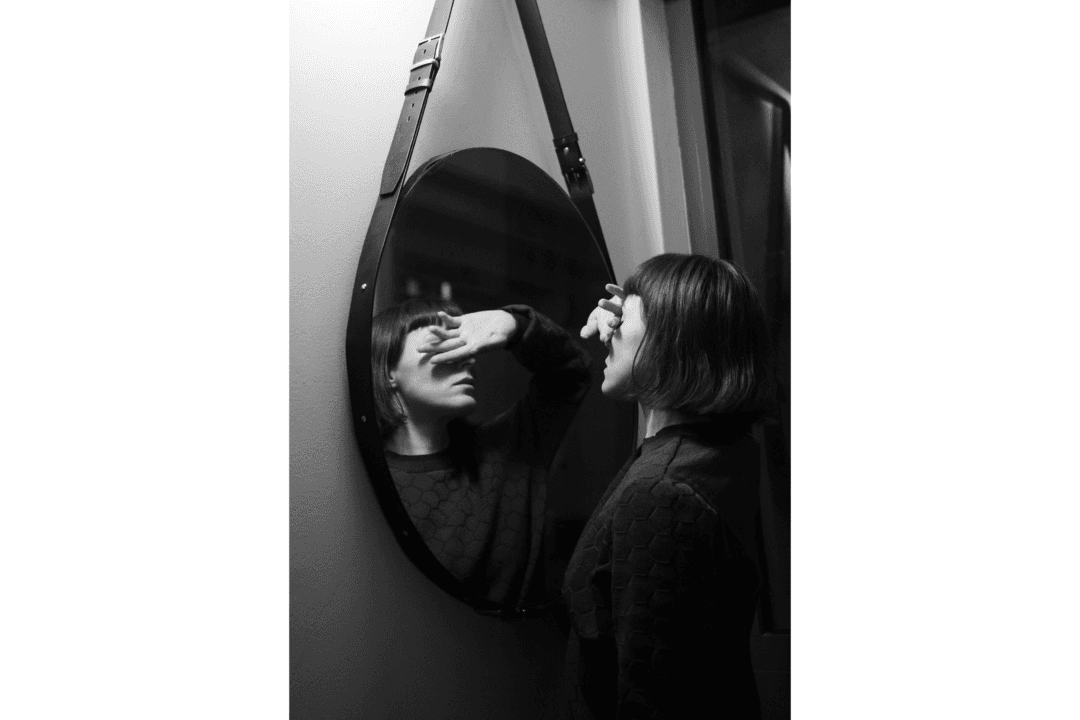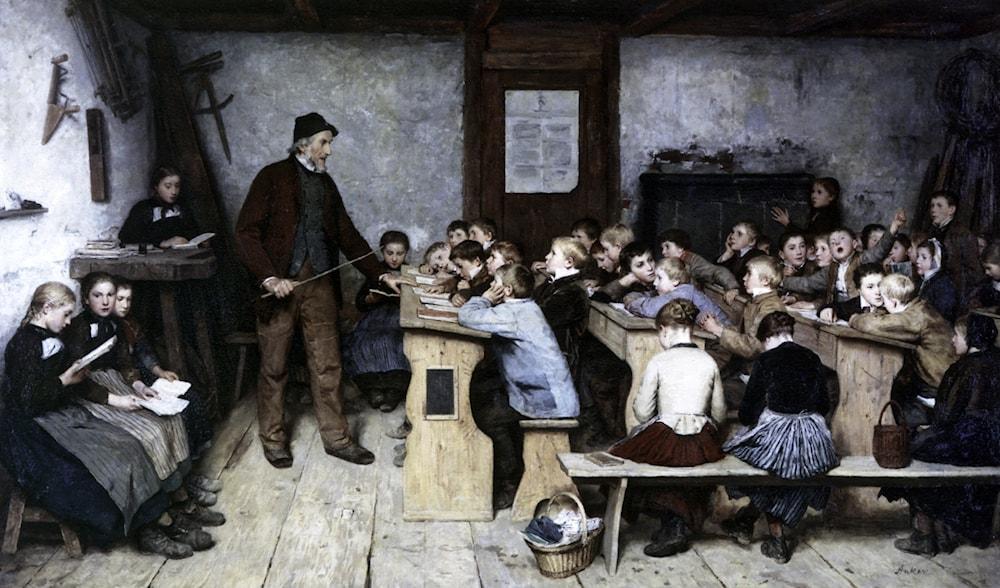NEW YORK—It was an unusually quiet and peaceful morning on Park Avenue on Saturday. From Brooklyn Bridge to 72nd Street, seven miles of the two-way Manhattan avenue were car free for pedestrians and cyclists as part of an urban experiment, known as Summer Streets, engineered by the New York City Department of Transportation.
“You don’t have the noise, you’ve got kids laughing instead of horns honking,” said DOT Commissioner Janette Sadik-Khan.
Summer Streets is scheduled for three Saturdays in August, with the final Saturday on Aug. 24.
“We love it,” said Eva Taub, a Manhattan resident who was cycling with her two friends. “I live down on Bleecker, so we went all the way up the Brooklyn Bridge and on the promenade and then we came back and now we’re going up to 72nd and going back down again.”
The idea for Summer Streets grew out of Mayor Michael Bloomberg’s PlaNYC agenda for making New York City more environmentally friendly and sustainable by 2030.
“We need to learn how to use our network differently … We need to get people out of their cars and onto alternative forms of transportation,” said Sadik-Khan. “New York City could easily be the world’s biking capital. It’s flat, it’s dense, a lot of the trips are below two miles.”
In addition to Summer Streets, the DOT is rolling out 200 new miles of bike paths and has been passing out tens of thousands of free bike helmets at Summer Streets.
All indications are that Summer Streets, the first of its kind in New York City, has been a success, with happy walkers, cyclists, joggers, and roller bladders apparently enjoying the streets. The local event is also drawing visitors and tourist dollars from as far away as Pennsylvania.
Many photographers can also be seen enjoying Summer Streets, since it offers photographers an unusual and creative subject for city photography, including vantage points usually completely off-limits to amateurs and most professionals like the Grand Central viaduct. The DOT is playing up this point, holding photography competitions.
Meanwhile, the New York State Department of Environmental Conservation is monitoring the air on Park Avenue to document the air quality benefits as a result of closing off streets to traffic during Summer Streets.
While drivers are no doubt upset at yet another traffic obstruction on New York City’s streets, Sadik-Khan remained optimistic.
“New Yorkers are smart, they know how to get around the city. We host major events all year around, whether it’s the Thanksgiving day parade or the [New York City] Marathon, people know to avoid certain corridors of the city and that’s what we’re starting to see,” she said. “The traffic is not nearly as bad as some people predicted.”
And next year, New Yorkers can expect more Summer Streets.
“If it continues to look the way it’s been looking so far we look to not only continue this next summer but also expand it both in hours and potentially different locations,” said Sadik-Khan, who mentioned Bronx and Queens as possible additional locations.
Taub said she definitely looks forward to more Summer Streets.
“Maybe more times next summer,” she hoped.
Imagine, No Cars for a Day
From Brooklyn Bridge to 72nd Street, seven miles of the two-way Manhattan avenue were car free for pedestrians and cyclists as part of an urban experiment, known as Summer Streets, engineered by the New York City Department of Transportation.
Save

SUMMER STREETS: People walk, roller blade, and cycle on Park Avenue Saturday morning during Summer Streets, a program put together by the New York City Department of Transportation which closes Park Avenue to cars. Evan Mantyk The Epoch Times

By Evan Mantyk
Updated:





